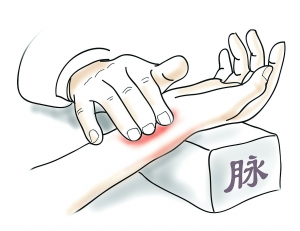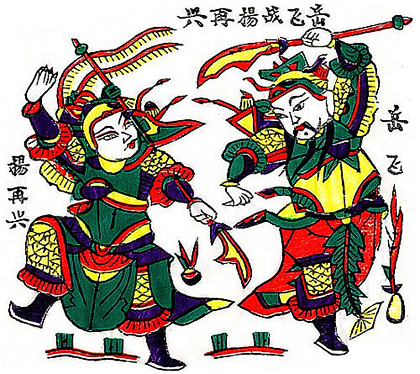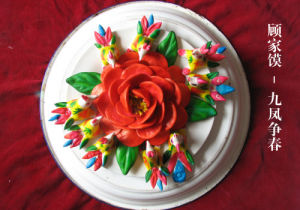精彩推荐
热点关注
- 1、邓城叶氏猪蹄制作技艺(商水县)
- 2、渔鼓道情(郸城道情筒)(郸城县)
- 3、沈丘回族文狮舞
- 4、扑蝶舞(沈丘县)
- 5、周家口木版年画(周口市)
- 6、黑陶烧制技艺(淮阳县)
- 7、沈丘青三彩烧制技艺(沈丘县)
- 8、买氏中医外治
专题推荐
-
没有记录!
热点排行
- 1、邓城叶氏猪蹄制作技艺(商水县)
- 2、观堂剪纸(鹿邑县)
- 3、道情(太康县)
- 4、渔鼓道情(郸城道情筒)(郸城县)
- 5、沈丘回族文狮舞
- 6、扑蝶舞(沈丘县)
- 7、周家口木版年画(周口市)
- 8、鸡毛人逗蟾舞(西华县)
回民秧歌
2012/5/15 10:16:47 点击数: 【字体:大 中 小】
回民秧歌,产生于清朝中期的河南项城县南集镇,为一种民间集体演唱的方式,由11人组成一队,领队一人左手持串铃,右手打伞灯指挥表演。男丑角拄拐杖,扮瞎子;女丑角斜背包袱;其余4名男子挎腰鼓,戴礼拜帽,4名女子持锣,搭盖头。但全部由男子扮演。演出者边唱边表演,唱的内容有民间故事、传统戏曲,也有唱历史人物、天文地理的。演出形式主要为跑场子、摆画面、变队形等。唱段多种多样,流行的有《十二个月》、《织手巾》、《送饭》、《王林休妻》等。
Hui Yangko Dance
Hui Yangko Dance, created in Nanji, Xiangcheng county in the middle of Qing Dynasty, is a play combining dance and songs together and always in the form of song by collectivity. A yangko group is formed by 11 persons who are all male even though some of roles are women. Actors play programs while singing songs, which includes folk stories, traditional drama, historical personages, astronomy and geography. Among the various songs, the most famous ones are Twelve Months, Weave Towels, Send Meals and so on. The frequently-used playing forms are moving from one place to another place, showing a scene, altering group formation, etc.
责任编辑:C006文章来源:互联网
著名人物
没有记录!
精彩展示
没有记录!
评论区




